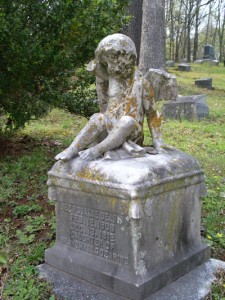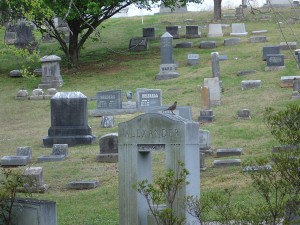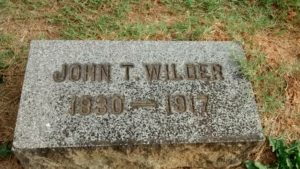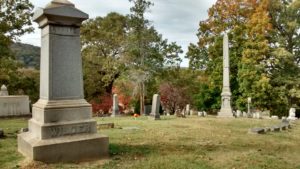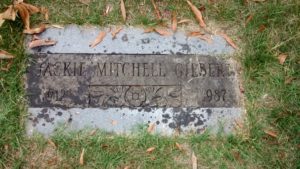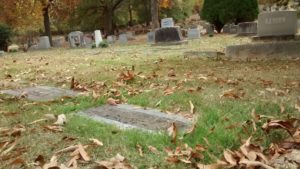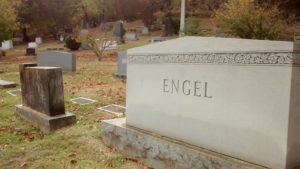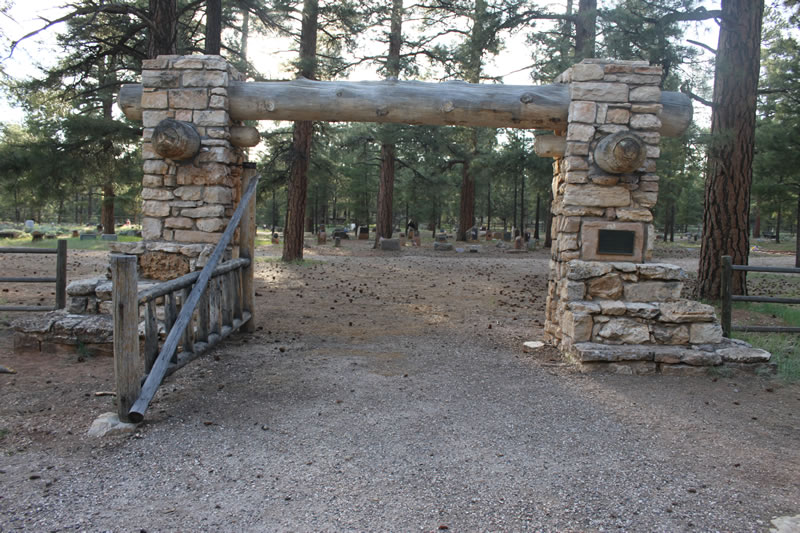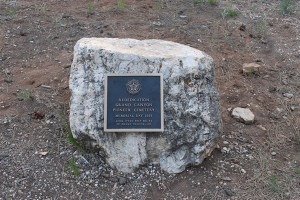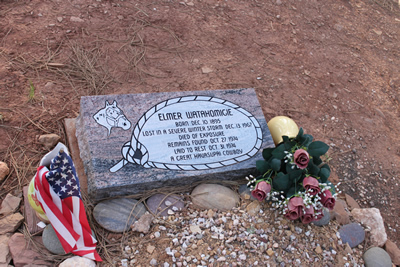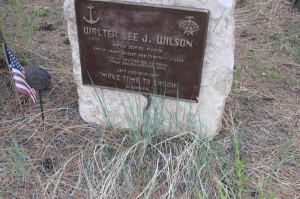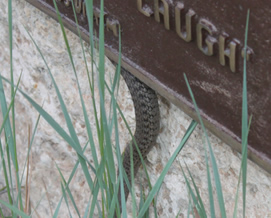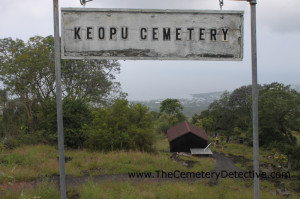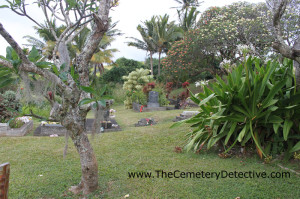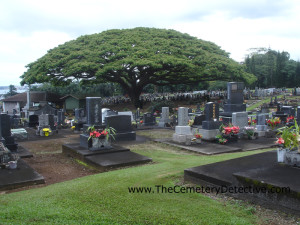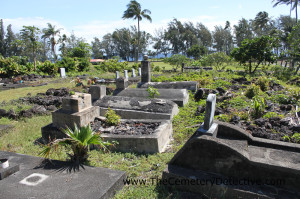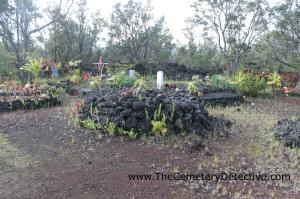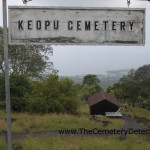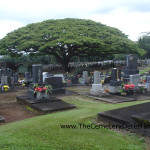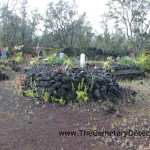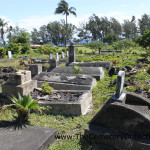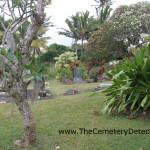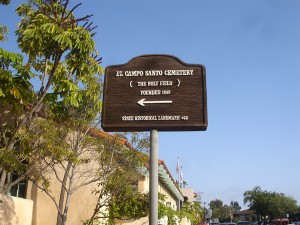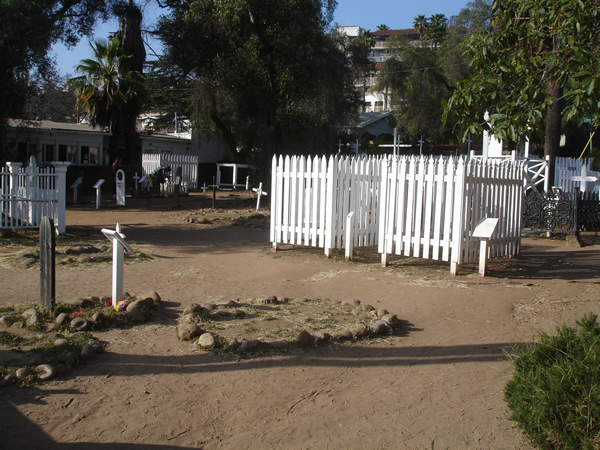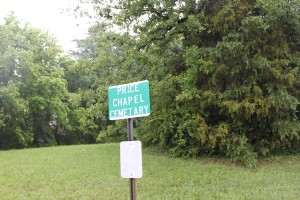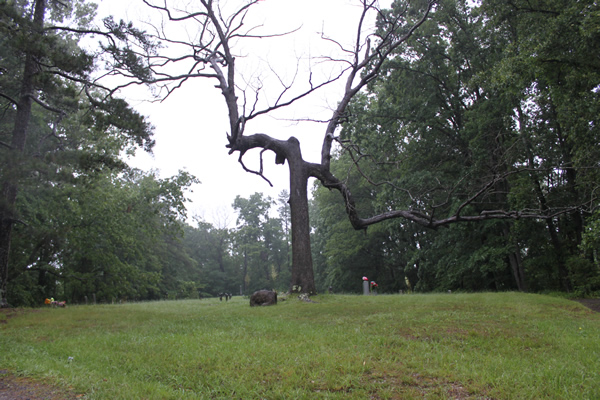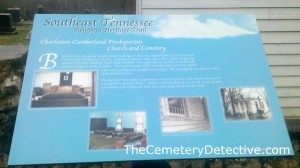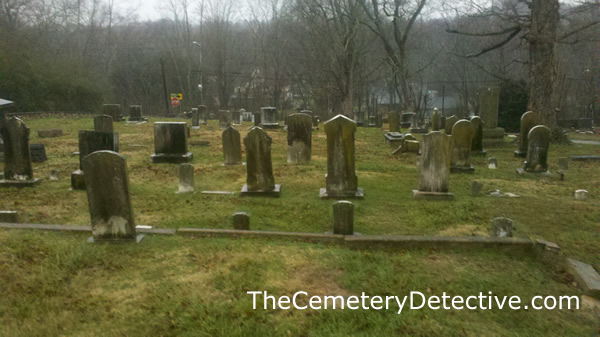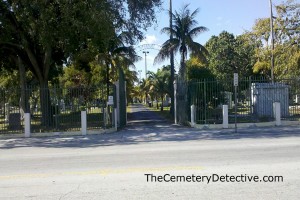On a frigid January evening a fellow sailor told me of a mutual friend who needed extra crew to deliver a sailing yacht from Newport RI. I first learned to sail 3 years ago and most of my sailing experience has been aboard small sailboats on inland lakes. I jumped at the opportunity to sail aboard an ocean going vessel on big waters. I’ve been told that no sailor in his right mind would ever tempt the fates of the North Atlantic in the midst of winter. However, I readied myself for what would become the adventure of a lifetime. Through gale force winds and a white capping ocean we headed out to sea, across the gulf stream, and southward to the island nation of Bermuda.
Rhode Island winters are known to be bone chilling. I arrived in New Port with the Mercury hovering around 10 degrees F. The week before saw temperatures of -8 degrees F. With sustained temperatures well below zero, the brackish salt water of Narragansett Bay begins to freeze over. When I first arrived at the Bowen’s Warf the harbor was encrusted with a thin sheen of ice but the wind was still and the sun shined brightly. A warming trend which helped melt the harbor ice was bringing gusty winds into the harbor. Temperatures rising above zero were nice, however the winds they brought meant we faced a rough night secured by our dock lines.
I boarded the sailing yacht Islandia. Its friendly crew showed me to my stateroom and familiarized me with the pilot house, bridge and engine room of this 137 foot ketch rigged sailing vessel. The crews expertise put me at ease with their obvious knowledge and experience. The vessel had recently undergone a major refit of the engine and generators. Sailing after a major refit is known as a shakedown. The trip to Bermuda would be a shakedown voyage in which all systems would be tested by the expert captain and engineer to ensure perfect functionality for future trips. We expected many problems as the systems were tweaked to their full potential.
When making long passages, sailors use meteorological forecasts to determine weather windows. Weather windows can be compared to playing that old video game Frogger. But, instead of dodging cars, you are dodging heavy offshore storms. After the heavy Rhode Island storms of Monday evening, we found an opportune weather window for our passage to Bermuda. However, since we had delayed our departure from Newport to let one storm past we would have to move quickly to arrive in Bermuda before an expected storm arrived there on Friday. Delaying our departure from Newport to let one storm pass meant we might not reach our destination before another storm hit Bermuda. On the morning after strong winds buffeted Islandia against its mooring our captain determined that an immediate cast off would allow us to arrive in Bermuda 3 1/2 days hence ahead of 55 knots winds borne out of a different mid-Atlantic storm front.
Sunset at mid ocean was beautiful but it foretold the ominous nature of coming storms. One of my shipmates told me of the green flash often seen at sunset as the crest of the sun passes behind churning ocean waves on the horizon. Although we did not see the green “sunset flash” we were lucky enough to experience a bright green bioluminescent glow as our boat’s wake churned up North Atlantic dinoflagellates.
Armed with the latest navigational aids, we experienced a different typo of green glow inside the ship. Islandia’s monochromatic mid range radar proved one of our most useful tools. As the wind speed indicator topped 45 knots, the radar screen betrayed the location of an unending squall line. Storm after storm approached from starboard and as soon as the ferocity of one weather cell passed, the radar screen showed another intensely bright grouping of pixels which engulfed the bridge in a glow of ominous green ambient light.
The night time squalls passed without significant incident and the morning’s updating of the ship’s logbooks reflected the severity of the storms. Though our seas remained in what is known in seaman’s terms as a “confused state”, the sunrise skies were clear and our course held true toward Bermuda.
LAND HO!!!
Upper atmospheric weather phenomena often cause clouds to part around Bermuda allowing sunlight to pierce through an otherwise impenetrable cloud layer. When this phenomenon is in effect, cascading sunlight highlights the entirety of Bermuda allowing it to be seen from further away than would otherwise be possible.
Bermuda is ringed by a series of treacherous coral reefs. Over the centuries since man has been sailing to Bermuda, countless ships have sunk while attempting to make passage through these treacherous waters. Our destination was St. George’s Harbor on the eastern side of Bermuda. To reach this location, we had to motor through The Town Cut. The Town Cut is a very narrow yet deep channel into St. Georges harbor from the East. All hands were on deck as we watched for obstructions and other navigational hazards.
The Bermuda Customs Office granted us authorization to set anchor in the middle of St. Georges harbor. Since we had sailed in the midst of winter, we had the entire harbor to ourselves. With more storms approaching we faced a big blow within the next 5 hours. We acted quickly to set our 750 lb. anchor which secured fast to the strong holding seabed by 450 feet of rode. The long rode allowed our vessel to swing in a wide semi-circle arch as shifting 55 knot winds blew across the harbor later that evening.
The strong winds overnight churned the harbor’s depths and by the next day visibility through the brightly colored aquamarine salt water was less than 10 feet. However, the sun shone brightly and the heavy clothes which protected me from the harsh Rhode Island winter were now stowed securely below deck. Short sleeves and bare feet were common in the Bermuda air warmed by the quick moving gulf stream.
Excited with the prospects of exploring Bermuda’s cemeteries, I made my way to Dawes Bay across Grenadier Lane from my first cemetery. In the 1880s, pioneers of Bermuda experienced a Yellow Fever Epidemic. This military cemetery contains many sailors who were stricken by Yellow Fever and suffered terribly until their final days. Two miles from this military cemetery lies Nonsuch Island which served as a Yellow Fever Quarantine Hospital.
My initial plan to use public transportation to explore the cemeteries of Bermuda had to be abandoned when a dispute between the Bermudian government and the country’s labor unions cause all bus services and all government services to be cancelled. Taxis were also hard to come by so, instead, I opted to rent a motor scooter. Torrential downpours made travel difficult. But, I hunkered down and zoomed through the pouring rain. A kind lady offered me a plastic trash bag to wear as a poncho but my clothes were already soaked. There was no alternative but to laugh at the fact that I had heavy, foul weather gear on board Islandia but, here, I was relying on a garbage bag to keep me dry.
Devonshire Parish was named after the first Earl of Devonshire, William Cavendish. The Old Devonshire Church Cemetery sits just off Middle Road roughly equidistant from the North Shore and South Shore. This is a hilly cemetery though its steep grades are well groomed and maintained by parishioners of the two chapels located amongst the burial plots.
Enjoying a brief respite from tropical storms, I rode off to find St. John’s Anglican Churchyard. St. John’s Anglican Church of Pembroke Parish is huddled between sports complexes and finely maintained homes. This area seems like a dynamic community which enjoys local sports such as Netball, Softball, and Tennis. They take great pride in their school system and that pride shows in the respect they show for their parish grave yard. Amongst the neat rows of grave plots lie departed scholars, businessmen, and sailors.
A short distance from St. John’s Cemetery is a smaller yet equally maintained grave yard which contains my favorite grave marker on Bermuda. Grace Methodist Church Cemetery is nestled adjacent to cemetery road and cemetery lane and is in a slightly more industrialized section of Pembroke Parish. Its gates were donated in honor of Chesley and Gladys White local citizens to Pembroke.
A trip to Bermuda would not be complete without a stop in Hamilton, the nation’s capital. During my trip, political strife was griping the people of Bermuda and a social uprising was occurring in Hamilton as well as the rest of the nation. Protesters gathered around the capital to have their demands heard. Although the scene was well managed by police, protesters were obviously passionate about their cause. As I rode through and observed the protests, I did not understand the implications these protests would have on my future travel plans.
On my way back to St. Georges, I drove through Smith’s Parish to find one of the tallest steeples in Bermuda. At 102 feet tall, it is a classic example of Gothic Revival. St. Mark’s is the third church to be built upon this site. The first church was built circa the 1650’s and the current church’s building commenced in 1846. The cemetery lies just across South Road from St. Mark’s Church.
Cold and wet from a day full of exploration in the rain, I made quick headway back to St. George’s harbor. Bermuda is wholly beautiful with its low cliffs and rugged coastline. I passed Marsden Cemetery near Bermuda’s famous pink beaches, and I even popped onto Church Folly Lane to view the Unfinished Church begun in the 1800’s. The rumor I hears from locals near the Unfinished Church is that a pastor or parishioners embezzled money that was to be used for church construction.
My planned departure from Bermuda was delayed 1 full day because of the government shutdown. My unorthodox entry into the country meant that I needed special documents proving that I had an exit itinerary. The protests in Hamilton caused the Customs Office in Hamilton to be closed. This meant I was unable to be cleared to leave the country and was forced to remain in Bermuda until my paperwork was completed. Taking the opportunity, I made my way across the Castle Harbor Causeway where I secured a hotel for the night. This section of Bermuda is riddled with underground saltwater inlets. These caves contain deep pools of salt water. Swimming in an underground salt water lake is a fantastic experience.
Later that evening, one customs official was kind enough to meet me after business hours to complete my exit paperwork. Though it was difficult to be upset at being held in Bermuda an extra day, I did feel like a bit like a political prisoner.
On my flight back to the United States, I peered out my window with eagle’s eyes. With each break in the clouds, I scanned the ocean below in a vane attempt to spot sailing vessels on the ocean’s surface. The surreal feeling of soaring 37,000 above the crashing waves and howling winds I had sailed through days before made me long to be powered by the winds of the high seas. In the words of Jimmy Buffet, “Oh, I wish I were sailing again.”
Soon enough, the U.S. coast line came into view from my airplane window and, before long the cold U.S. winter was before me. Within hours, was once again exploring the snow covered cemeteries of home.
As much as I am a home body and a creature of comfort, travel often fills me with additional wanderlust. One great adventure necessitates another. Luckily, flights leave daily and with great anticipation, I look forward to my next cemetery expedition.

